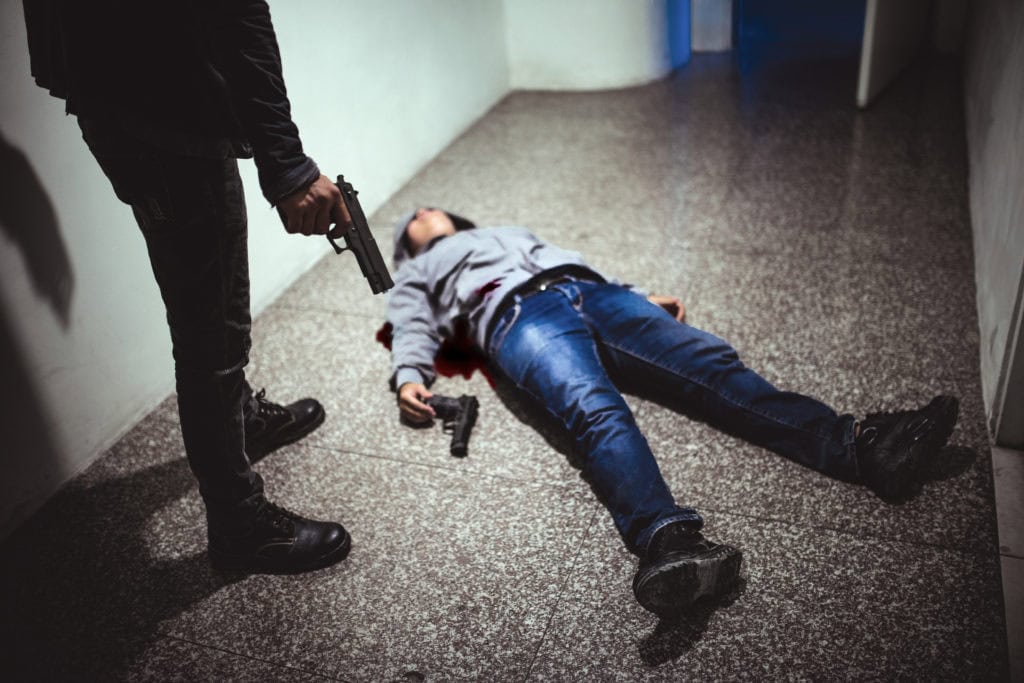Free Case Evaluation | Call Us 24/7 AT (416) 658-1818

It is a crime to shoot someone who is already dead. This was established in an unprecedented case where Toronto Police Officer, James Forcillo, was charged with and later convicted of, attempted murder for shooting 18-year-old Sammy Yatim on July 27, 2013. Despite unambiguously shooting the young man to death, Forcillo was controversially convicted of attempted murder.
He was charged both with murder and attempted murder. The murder charge was for the shots fired at Yatim that led to his death, and the attempted murder charge was for the shots fired at Yatim following his death. The prevailing speculation is that the jury concluded reasonable people could disagree about the first three shots, but there was no justification for the second six shots.
The Forcillo case thus sets a precedent where one can be charged with attempted murder for shooting someone who is already dead. This precedent is supported by section 239(1) of the Criminal Code.
Every person who attempts by any means to commit murder is seen as committing an indictable offence. If a restricted firearm or prohibited firearm is used in the commission of the offence or if any firearm is used in the commission of the offence and the offence is committed for the benefit of, at the direction of, or in association with, a criminal organization, imprisonment for life and a minimum punishment of imprisonment applies.
In the case of a first offence, the term of imprisonment is five years, and for a second or subsequent offence, it's seven years. In any other case where a firearm is used in the commission of the offence, imprisonment for life applies, and the minimum punishment of imprisonment is four years. In any other case, the consequence is imprisonment for life.
Determining whether a convicted person has committed a second or subsequent offence involves considering if the person was earlier convicted of any of the following offences: an offence under this section, an offence under subsection 85(1) or (2) or section 244 or 244.2, or an offence under section 220, 236, 272 or 273, subsection 279(1) or section 279.1, 344 or 346 if a firearm was used in the commission of the offence.
An earlier offence should not be considered if 10 years have elapsed between the day on which the person was convicted of the earlier offence and the day on which the person was convicted of the offence for which the sentence is being imposed. This calculation does not take into account any time in custody.
For the purposes of the determination of subsequent offences, the only question to be considered is the sequence of convictions. No consideration shall be given to the sequence of commission of offences or whether any offence occurred before or after any conviction.
Possessing drug paraphernalia is not illegal in Canada, but importing, exporting, manufacturing, or selling it for illicit drug use is. Convictions for these activities can lead to fines, imprisonment, or both, depending on prior offences.
If you're facing violent crime or firearm-related charges, it's crucial to secure strong legal representation. We can help. Our experienced criminal law firm in Toronto will assess your case, protect your rights, and build a strategic defence. Contact us today for a confidential consultation.